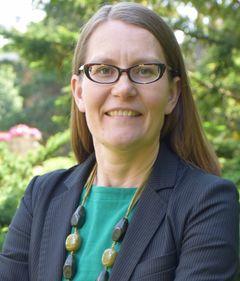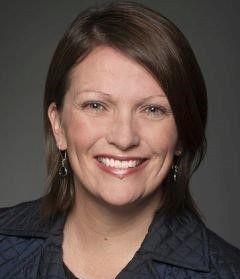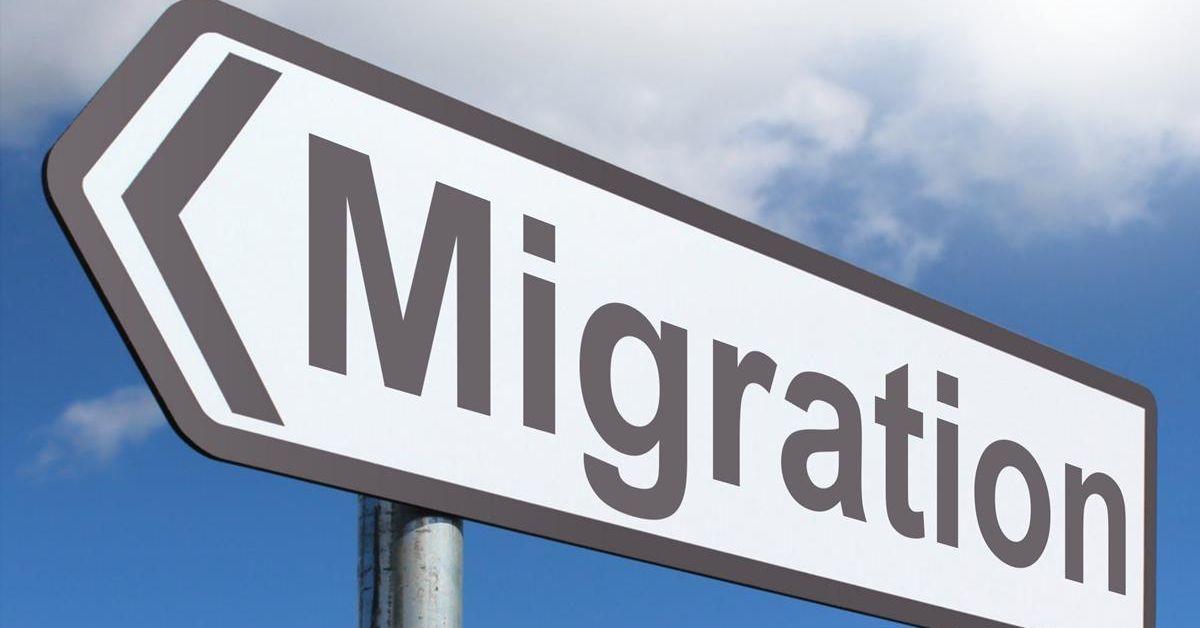


At the recent Alex Trebek Forum for Dialogue, a platform to discuss substantive public policy issues, we asked three professors what humanizing migration in Canada means to them.
Christina Clark-Kazak, Professor at the Graduate School of Public and International Affairs, Faculty of Social Science
"More resettlement spaces should be made available for refugees and the Canadian government needs to invest more resources in refugee determination processes, so decisions can be made efficiently and fairly."
Q. What is the Canada-United States Safe Third Country Agreement?
A. The Safe Third Country Agreement came into force in 2004. Under the Agreement, the United States and Canada both consider each other as “safe” for refugees. Apart from limited exceptions (which include if a refugee claimant is an unaccompanied minor; or that the refugee claimant has family members in Canada, for example), refugee claimants must make their claim in the first country they reach.
If a refugee makes a claim at a Canadian Port of Entry on the US-Canada border, they will be sent back to the US to make a claim there. Therefore, people who wish to make a refugee claim in Canada have been crossing irregularly – primarily into Québec and Ontario – so that they are not turned back to the US. These irregular crossings pose physical and psychological risks to refugee claimants.
Q. What can be done moving forward?
A. In response to an increase in inland refugee claims, including from those irregularly crossing the Canada-US border, the Canadian government needs to invest more resources in refugee determination processes, so decisions can be made efficiently and fairly.
More resettlement spaces in Canada should be made available for refugees – through both the Private Sponsorship and Government Assistance Programs. This is especially important in the context of growing global displacement and fewer resettlement spaces in other countries, especially the United States.
Public education campaigns need to inform the general population about Canada’s obligations to respect the human rights of all people, including those who are exercising their right to claim asylum. Rising anti-refugee movements are often based on inaccurate or misleading information about refugee claimants.
Jennifer Bond, Director of the Refugee Hub and Professor at the Faculty of Law, Common Law section
"The uOttawa Refugee Hub has partnered with the Government of Canada, the UNHCR, the Open Society Foundations, and the Giustra Foundation on the Global Refugee Sponsorship Initiative and is proud that the UK, Ireland, Germany, New Zealand, Argentina, and Spain have recently adopted community sponsorship programs based on Canada’s own sponsorship model."
Q. What is a private sponsorship? Why is it Canada’s favoured approach?
A. Refugee sponsorship empowers ordinary Canadian citizens to play the primary role in welcoming and resettling refugees in our country. Sponsors raise money and commit to providing settlement assistance to their new neighbours for the duration of the sponsorship period – usually their first year in Canada. Supports include securing housing and household necessities; connecting newcomers with services, schools, and neighbourhood basics; and providing friendship and moral support.
Canada’s sponsorship program has a variety of streams, including a pathway that allows Canadians to nominate specific refugees they wish to sponsor, and another that matches sponsors with refugees referred to Canada by the UNHCR.
Sponsorship improves integration outcomes for refugees and also strengthens communities by giving sponsors and their allies an opportunity to come together and work towards common goals. More broadly, sponsorship challenges negative, high-level rhetoric about newcomers at the very local level, creating more welcoming and accepting societies one neighbourhood at a time.
Over 2 million Canadians have sponsored refugees since 2015, and these newcomers have been welcomed to over 400 communities. Since the program began forty years ago, over 325,000 refugees have been resettled with the support of Canadian sponsorship groups.
Q. What can be done moving forward?
A. This year, the uOttawa Refugee Hub is administering a Fund that covers most of the financial cost of sponsoring a UNHCR-referred refugee to Canada, so it is a great time to get involved.
The uOttawa Refugee Hub has also partnered with the Government of Canada, the UNHCR, the Open Society Foundations, and the Giustra Foundation on the Global Refugee Sponsorship Initiative, which is mandated to encourage and support the adoption and expansion of community sponsorship around the world.
The UK, Ireland, Germany, New Zealand, Argentina, and Spain have recently adopted community sponsorship programs based on Canada’s model, and we are working with 15+ other countries that are also considering introducing a program. Sponsorship is a policy tool with the potential to radically increase grassroots support for refugees, and there are now tens of thousands of people in communities around the world working to welcome their new neighbours.
Expansion of these programs offers hope at a dark time for refugee protection by leveraging and empowering the compassion and skills that exist in communities all around the world.
Luisa Veronis, Professor in the Department of Geography, Environment and Geomatics, Faculty of Arts
"when it comes to specific groups who are affected, facilitating migration can be an effective response; but individuals need legal protection, as well as socioeconomic resources, to do so."
Q. What is environment displacement?
A. As our planet’s environment is changing and specifically with climate change, there has been increasing talk about environmental displacement and migration.
People may be forced to leave their place of origin due to sudden natural disasters (floods, hurricanes, and landslides), or more slow-onset changes (desertification, land degradation, and sea-level rise); displacement or migration may occur in response to a specific event, or in anticipation of increasingly difficult living conditions. One important challenge, however, is that many factors contribute to driving population movements and it is difficult to determine the direct or indirect role of the environment.
Often, environmental change combines with demographic, social, economic and political forces within particular contexts – the kinds of resources and support networks to which families and communities have access, but also the socioeconomic and political circumstances of given countries and regions. What is certain, is that the numbers of people affected by environmental and climate change will grow in the years to come, thus likely leading to increasing population movements of many kinds: over short or long distances, within and also across national borders, whether temporarily or permanently.
Q. What can be done moving forward?
Given the legal, policy and ethical complexity of environmental displacement, there has been much debate among science experts, policy makers, the media and the public on how to address it and who should be responsible for it. Broadly speaking, multiple creative strategies need to be adopted – including a combination of prevention, adaptation and mitigation – at a range of scales simultaneously (from local responses, to national, regional and global level approaches). When it comes to specific groups who are affected, facilitating migration can be an effective response; but individuals need legal protection as well as socioeconomic resources to do so.
Furthermore, it is important to consider that these movements can put stress on the receiving contexts that may also be fragile or vulnerable. Then, there is the question of return, if and when return is possible. In other words, there is no ‘one size fits all’ responses to environmental displacement and migration. Rather, we need to think about how multiple stakeholders can work together to build capacity, develop promising practices, and agree on progressive policy relating to climate change adaptation, internal displacement and international migration, sustainable livelihoods, and supportive infrastructures adapted to local, national and regional contexts.
The Alex Trebek Forum for Dialogue on Humanizing Migration will take place on June 20 in the lobby of the Learning Crossroads Building (CRX).
